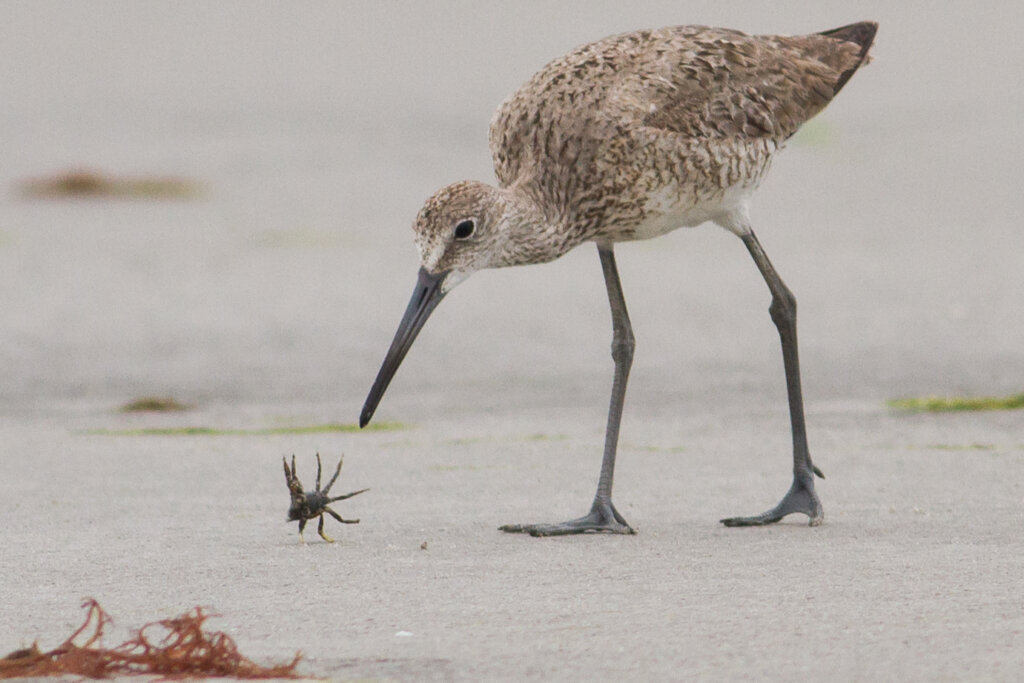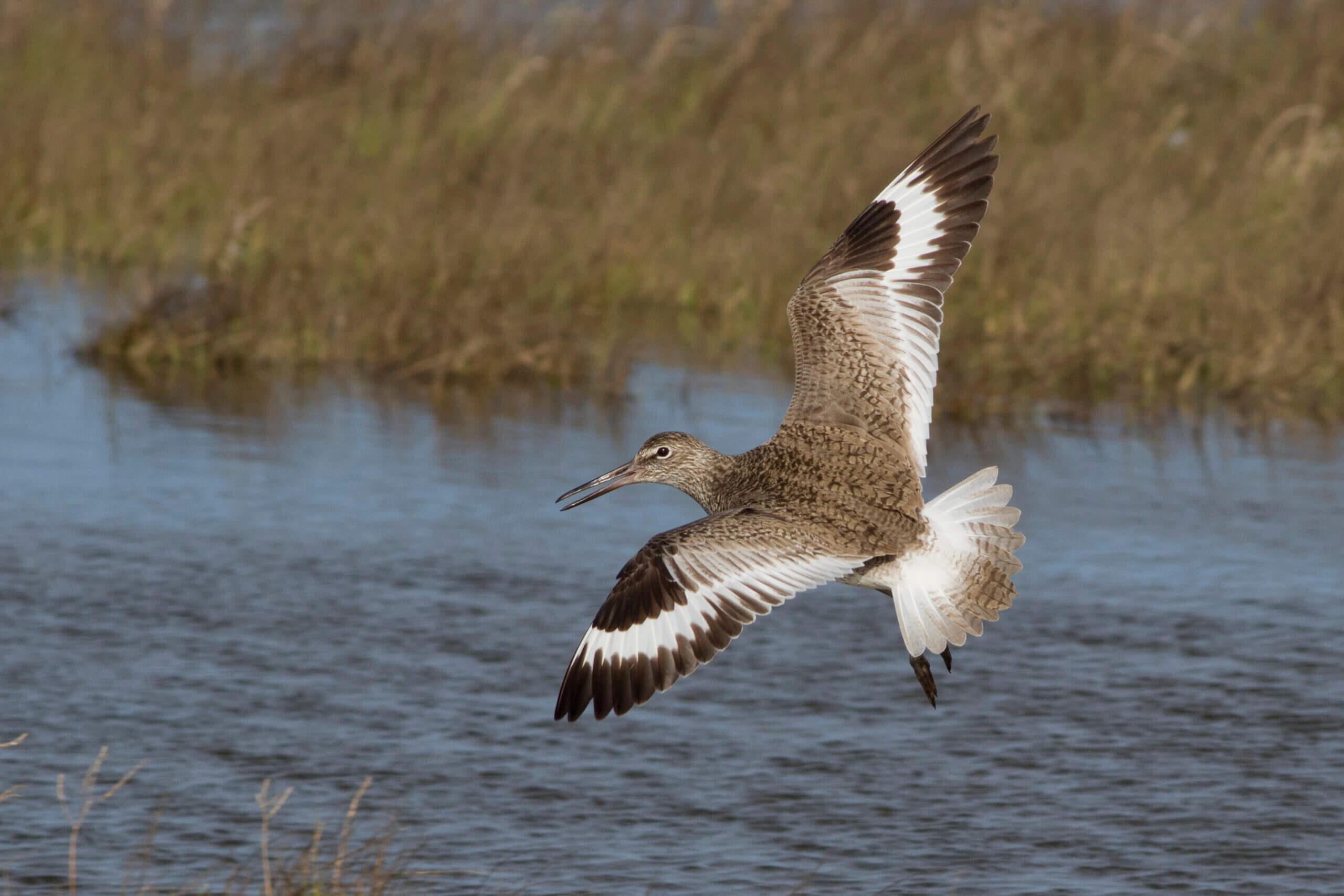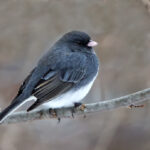Perhaps you’ve seen them, or perhaps more likely, you’ve heard them. Equal parts gray and brown and well-suited for our saltmarshes, the Willet is one of our largest sandpipers (or mudpipers, if you will). At first glance, there may not be anything exceptional about this summer resident of the seashore. But once it spreads its wings to reveal striking white wing stripes, and once it screams out the namesake “will-willet!”, it becomes almost impossible not to notice. It also has an interesting story to tell.
During a single calendar year, 35 or so species of sandpipers will find their way to Cape May County. This fascinating group includes a number of species that we categorize as long-distance migrants: those that travel thousands of miles each spring and fall between their nesting and wintering destinations. Perhaps most notorious among them is the Red Knot, which utilizes Delaware Bay as a major stopover site on a northward journey can begin in Tierra del Fuego and ends on the Arctic tundra. But it’s not just the knot that finds its way to the far north in summer; most of our sandpipers do!

And this is part of what makes the Willet unique: many nest in Cape May County, joining just a handful of its relatives–Piping Plover, American Oystercatcher, Killdeer, and American Woodcock. No other sandpiper is as prevalent a breeder in the Eastern Seaboard’s saltmarshes as this species is. The Willets that nest locally actually spend their winters along the mangrove-lined coasts of northeastern South America, arriving back here during the second and third weeks of April. Many pairs seemingly arrive together to breeding sites along both the Delaware Bay and the Atlantic coast, choosing well-hidden spots to incubate a clutch of marsh-colored eggs that will eventually turn into quick-growing chicks.
Remarkably, some adult Willets will be headed back south by the Summer Solstice, and the main window for southbound migrants is typically during mid/late July. This summer’s young will follow behind, without the adults. But even these first-time travelers will be on their way by Labor Day. This easily makes the Willet one of, if not the very first birds to undergo their “fall” migrations locally.
But there’s more! In the eyes of many, there are actually two species of Willets: the “Eastern” birds which spend the summer with us, and the lankier, paler “Western” birds that live much different lives. These birds nest in prairies and freshwater wetlands in places like the Dakotas, Montana, and Alberta. Come fall, these interior Willets don’t just head south but also west and east, with fair numbers reaching Cape May County by midsummer. These cross-country travelers will increase through September, with stragglers
occasionally lingering into November or December, when our Eastern Willets are thousands of miles away in their Brazilian winter homes. Unlike the Eastern birds, Westerns spend far less time in the saltmarshes, often opting for sandy beaches where they can be seen feeding along the water’s edge.
If you’d like to enjoy Willets and a variety of other seashore birds this summer, point your browser to www.birdcapemay.org and check out our events calendar! We offer a number of ways to enjoy Cape May’s natural world every week of the year. We look forward to seeing you out there.








